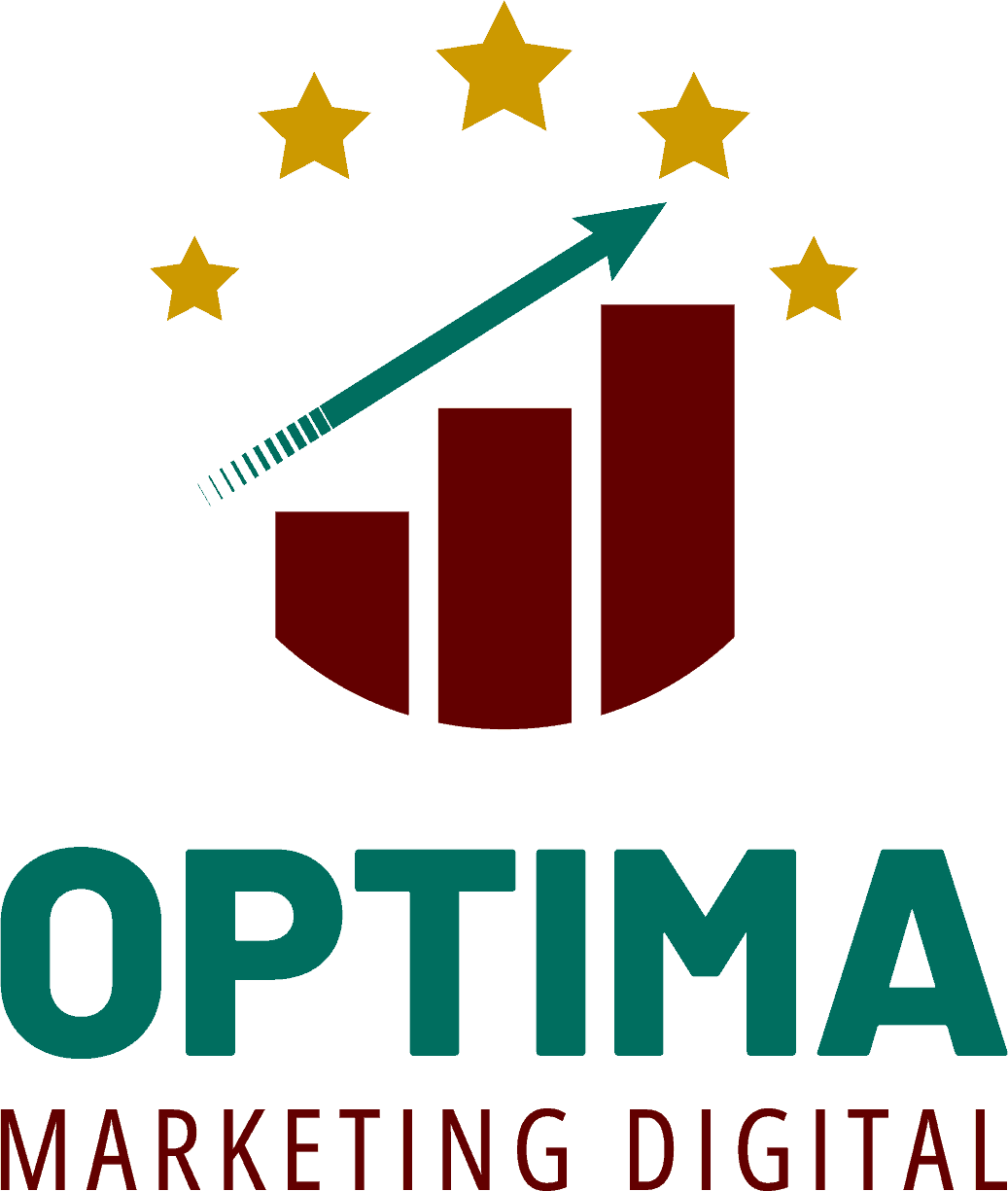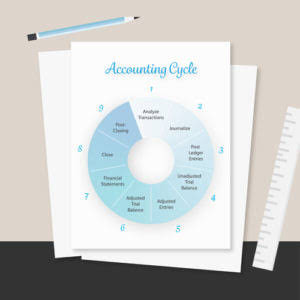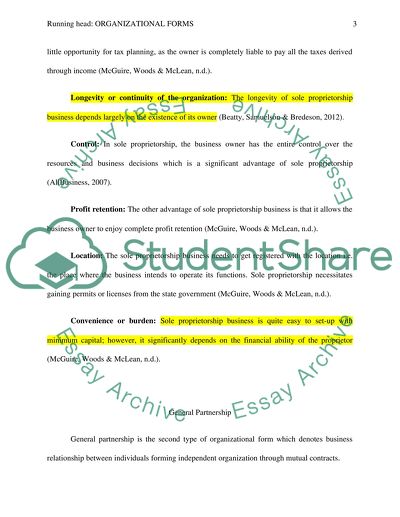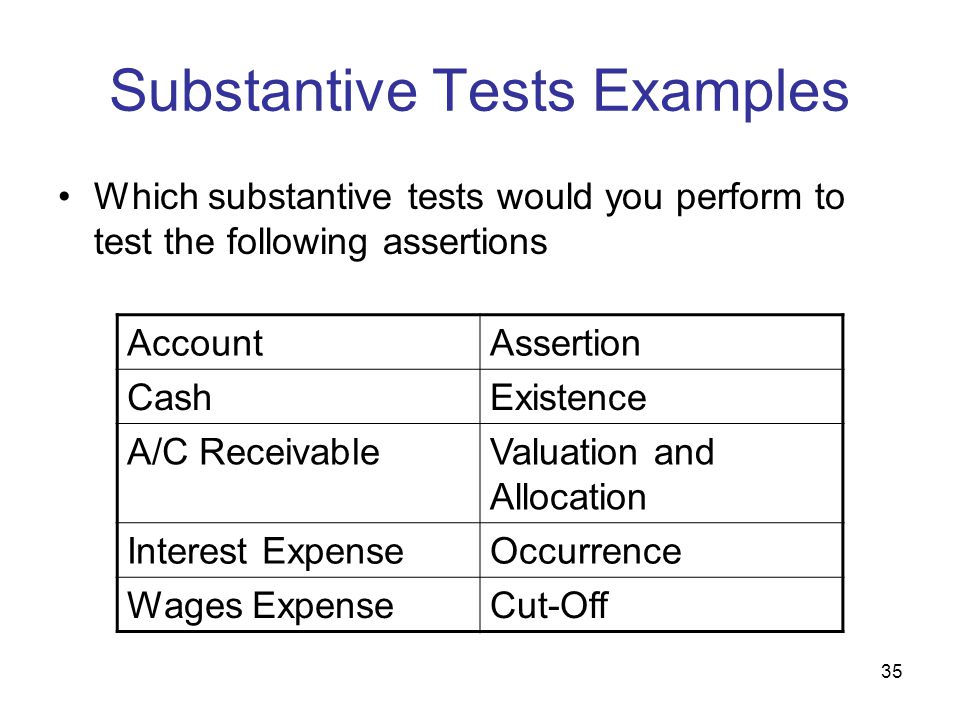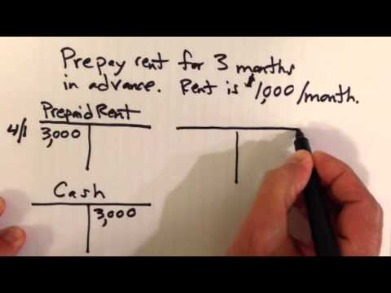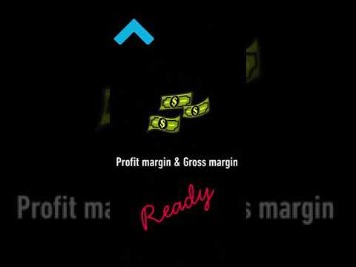
Once the purchase requisition is approved, the buyer will send a purchase order to the seller. An AP invoice approval process contains a series of steps followed by the AP team in a company to get a supplier invoice approved and paid. This process ensures that all purchase invoices are accurate and compliant with the company policy before payment. The difference between a purchase order and an invoice is that a purchase order is when a buyer delivers a formal document to a seller to regulate and trace the purchasing process. On the other hand, an invoice is when the seller provides a formal request for payment to the customer once the order has been completed. Invoices are essential to keeping accurate accounting records, meeting your tax obligations and getting paid on time for your goods or services.

Information to include on an invoice
As a small entrepreneur or large business owner, you can never underestimate the importance of an invoice in your business transactions. Here are the reasons you should be https://www.bookstime.com/articles/work-in-process issuing an invoice for every order delivered. It also contains an invoice number and the date the invoice was issued.
Invoices
- It is not a legally binding document but serves as a formal payment request.
- An invoice number is a unique number assigned to an invoice by the seller.
- For instance, both ensure your transactions are legally binding.
- If everything checks out, it initiates the payment process to pay the vendor.
- From sole traders who need simple solutions to small businesses looking to grow.
- An invoice is a payment request sent by a vendor after supplying the goods or fulfilling the services requested in a purchase order.
The seller creates an invoice, typically after delivering goods or services. It confirms transactions and requests payment based on the agreed-upon terms. Purchase orders are what is the difference between an invoice and a purchase order brainly a key documentation component of the procurement process. They provide a standardized method for asking for and approving purchases.
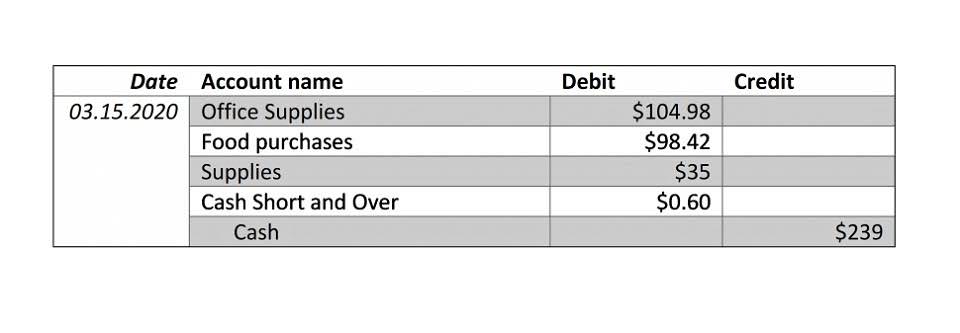
Keeps the buyers and seller on track
- A purchase order (PO) is a document made by a buyer to request services or goods from a seller formally.
- Imagine this; you’re a graphic artist and you’ve just completed a fantastic new design for one of your clients.
- Real Business provides readers with high profile interviews, news, insight and industry benchmark reports, as well as a growing stable of events tailored to SME growth.
- Creating a purchase order starts with a purchase requisition submitted to the purchasing department for review.
- As a small entrepreneur or large business owner, you can never underestimate the importance of an invoice in your business transactions.
With their similarities, it’s easy to see why many get the two confused. For example, when you see a PO or invoice with some items and amounts in a roughly tabular layout, you intuitively know you’re looking at a list of goods or services. You don’t need to see every variant of an invoice or memorize their coordinates to infer this. Our AI-based data capture systems work exactly like that — they have learned to understand financial documents semantically and can identify the data in any document. Why don’t businesses just email or call their vendor contacts and be done with it? In fact, the details of purchases are fleshed out by communicating and negotiating directly.
- Our guide is geared towards a clear understanding of purchase orders for seamless business management.
- Delivery terms and conditions cover delivery date, address and any other details regarding returns, warranties, fines or penalties for delayed shipping or missing items.
- A purchase order and an invoice are both key parts of the procurement process, but do you know the difference between them?
- Invoices inform clients of the delivery and how much they need to pay.
- Both purchase orders and invoices are used to establish budgeting, spending and internal control over the purchasing of goods and services.
- Now, there are different ways you can structure your invoices, depending on your business and clientele.
Price
These are partial orders that make up a larger, agreed-upon whole. Once the purchase order is received and confirmed by the vendor, it’s legally binding. Using them regularly will streamline your payment process and keep your finances in order. In larger companies, purchase orders are essential for maintaining control over purchasing. Plus, they allow you to manage your inventory effectively by providing a record of past purchase orders, giving insight into how often you need to replenish your https://www.instagram.com/bookstime_inc stock.

While both have roles in buying items, they do different things and have their own special features. A Purchase Order (PO) is a request for goods that is sent from a buyer to a seller and an invoice is a request for payment from the seller to the buyer. When you should and shouldn’t use purchase orders ultimately comes down to your business goals and policies around cost control and risk management. Many companies may, for example, choose only to use POs for transactions over a certain amount and not for emergency purchases.
Streamline your document workflow & close deals faster
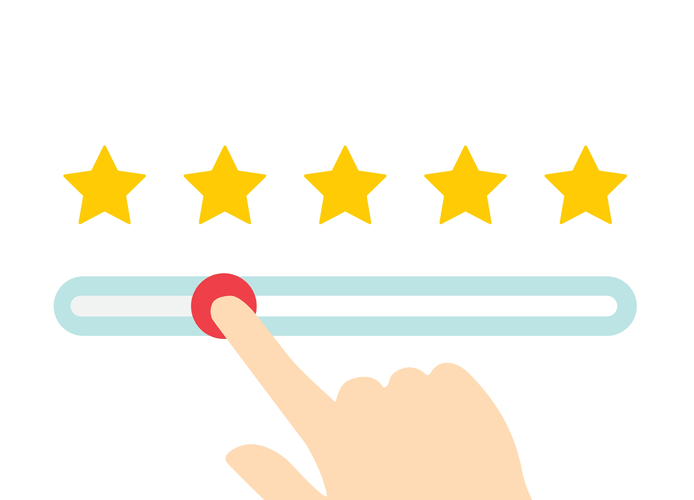
On the other hand, invoices make sure money doesn’t get doubled up and that cashflow is clear. On the flip side, an invoice is like the bill you get after a meal at a fancy restaurant. Sent by the seller to the buyer, it’s a piece of paper or electronic document asking for the money after everything is set.
